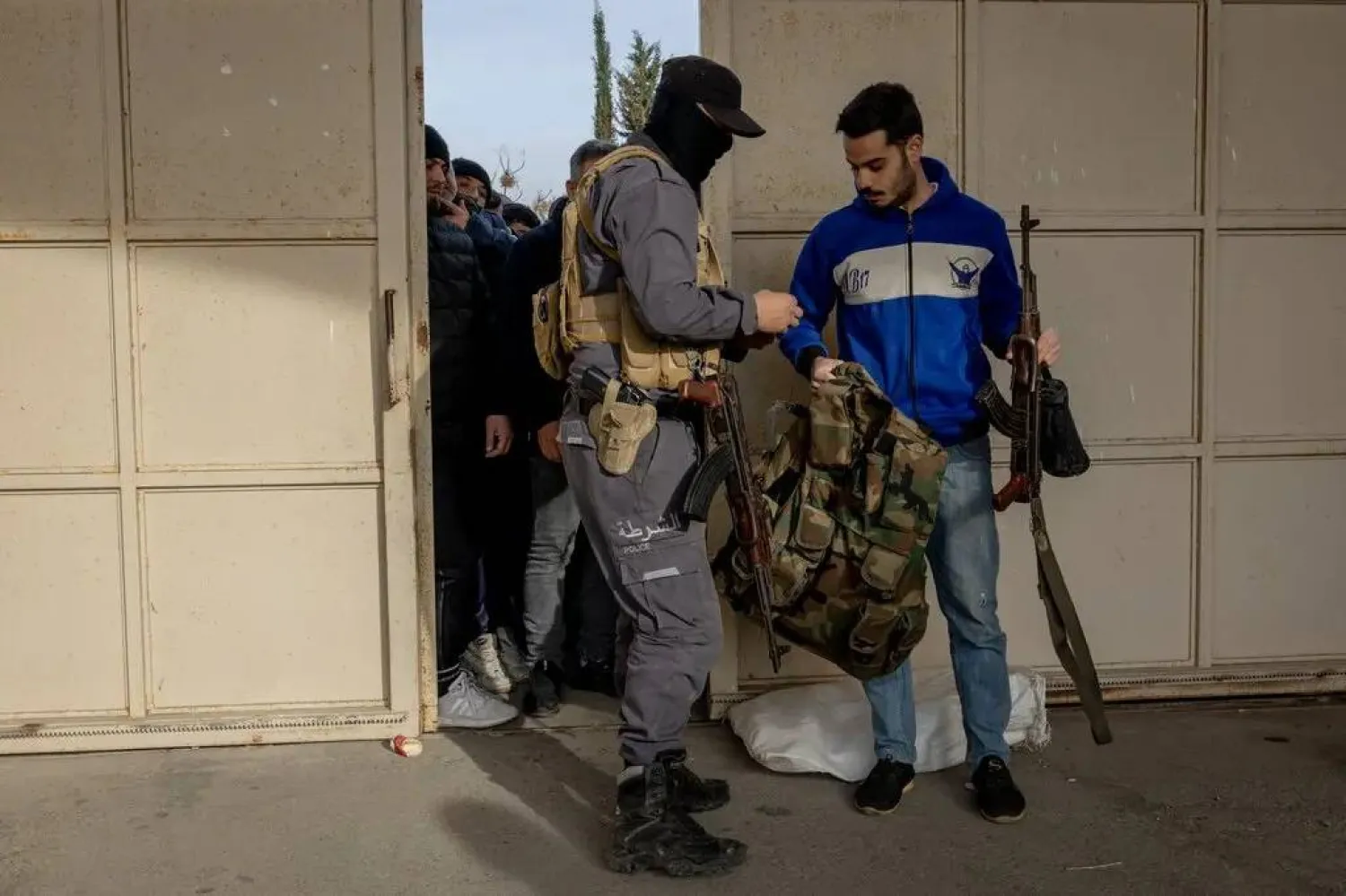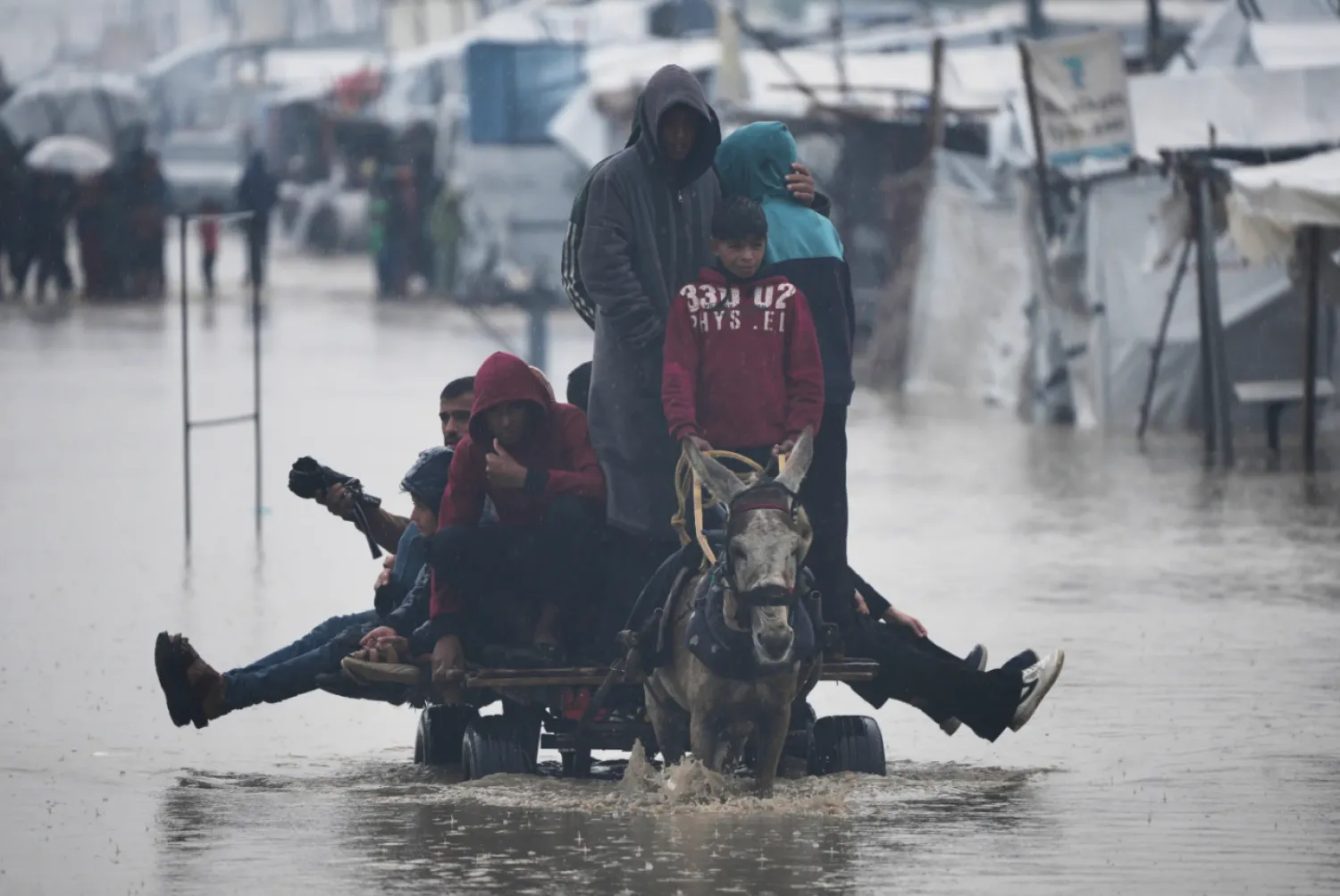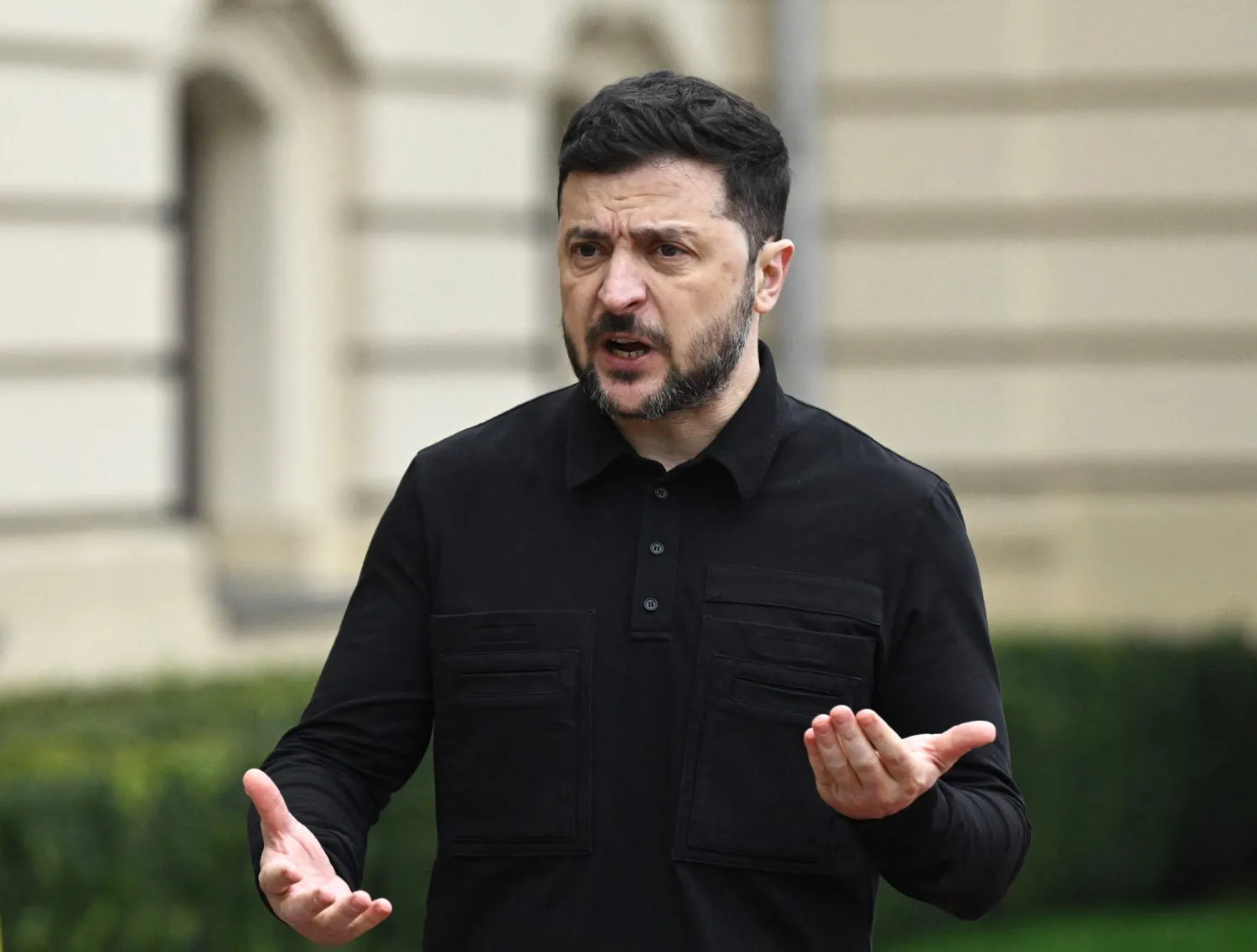Day after day, signs of normalization of ties between Damascus and Ankara are building up. Day by day, Iran’s incursions into Syria are growing. Also, the range of Israeli raids on Iranian and military sites in Syria is expanding with more US involvement in these attacks. However, is there a link between these three developments?
The thread connecting the three developments is the decline of the Russian presence in Syria since Moscow withdrew its S-300 missile system, transferred elite pilots, Wagner mercenaries and leaders, and deployed dozens of Belarusian forces.
The feeling of a “Russian vacuum” in Syria is strong due to the Ukrainian war and the setbacks faced by Moscow’s forces there. Although Russian strategic positioning is still the same, there is an assessment that maintaining the ongoing “war of attrition” in Syria inevitably means major changes taking place in the country.
Exploiting the Russian vacuum, Tehran’s reaction entailed raising its military presence in Syria, recruiting militias east of the war-torn country, and deepening the level of military cooperation between Damascus, the Lebanon-based Hezbollah, and other allies in the region.
Iran’s response was chiefly dependent on land routes despite Tehran trying to achieve its military goals through sea lanes. Most recently, Iran has intensified its shipments and efforts conducted through airports.
Also, Tehran has actively sought reconciliation between Damascus and Ankara.
Iran assesses that if the Russian presence declines, Türkiye will be in a better military position to impose pressure. Also, there is an Iranian-Turkish-Syrian interest to stifle the Kurdish People’s Defense Units (YPG), just as there is a common interest in harassing US forces in northeastern Syria.
As for expanding Israeli raids, Tel Aviv has launched hundreds of strikes during the past years.
Nevertheless, Tel Aviv has mostly abided by its understanding with Moscow on avoiding Russian and Syrian regime forces and Syrian civil institutions. Instead, Israel contented itself with targeting “Iranian sites.”
As a recent development, Israel bombed the Tartus countryside. The attack took place near the Russian base located west of Syria.
Moreover, Israel has bombed the Damascus and Aleppo airports twice each, putting them out of service for a certain period. Tel Aviv also has green-lit attacks targeting Syrian air forces.
Clearly, Tel Aviv and Tehran have entered a race over the “Russian vacuum.”
Israel’s “message” is to prevent the “Iranian entrenchment” in Syria’s northern regions, and some officials in Tel Aviv have even said that “the battle to end the entrenchment has begun.”
Without a doubt, Israel’s escalation constitutes an embarrassment for Moscow and Damascus and is the subject of anticipation for Tehran and its allies.
Given Russian withdrawal, both Hamas and Damascus succumbed to Iranian and Hezbollah pressures to start to work on turning a “new page.”
Quite expectedly, recent statements issued by the Astana Process talks at the Russian-Turkish-Iranian trilateral summit in Tehran devoted much of its vocabulary to criticizing US military presence, “separatist agendas,” and Israeli raids.
It goes without saying that Russian President Vladimir Putin’s attack on Syrian President Bashar al-Assad and Turkish President Recep Tayyip Erdogan could push the two leaders closer to each other and set them on the path to normalizing ties and restoring a “love” of years gone by.
Putin has a strong desire to arrange matters in Syria while he is preoccupied with the Ukrainian quagmire.
Although Assad and Erdogan agree on not wanting to “drink the cup of normalization,” they also agree that their interest lies in not missing the train.
Normalization of ties will represent a fundamental shift in Turkish support for the Syrian opposition, as well as a shift in Damascus’ acceptance of the Turkish military presence in Syria. What unites the two sides is the concern about the growing Kurdish role east of the Euphrates region.
The Kurdish YPG and Syrian opposition factions are most likely to pay the price in the future.
It is no longer a secret that many security meetings between Turkish and Syrian officials were held in Moscow, Damascus, Latakia countryside, and Tehran.
Syria wants Türkiye’s public pledge to withdraw forces from Syrian territory in advance. Damascus demands a timetable for that, even if the implementation is delayed.
Meanwhile, Ankara wants Damascus to fight the Kurds and open its borders for the return of hundreds of thousands of refugees before the Turkish elections in the middle of next year.
It could be said that Türkiye and Syria have reached the edge of the transition toward a shared political platform.
Diplomatically, each party may appoint a security officer to coordinate in its embassy in the other country’s capital.
Politically, New York is the most likely place to host a meeting between Syrian Foreign Minister Faisal Miqdad and his Turkish counterpart Mevlut Cavusoglu. The conference could bring together the deputies of the top diplomats instead.
Also, the Turkish and Syrian foreign ministers may join a Russian-Turkish-Iranian ministerial meeting within the Astana Process. Russian Foreign Minister Sergei Lavrov is pressing to hold such a meeting on the sidelines of the UN General Assembly next week.
The ministerial meeting of the Astana formula and the meetings of UN envoy Geir Pedersen in New York are the only talks that are held on Syria.
Syria has already become politically and humanitarianly forgotten in international corridors.
Nevertheless, the war-torn nation remains a theater of conflict between the armies of five countries: the US, Russia, Türkiye, Iran, and Israel. These countries are trying to settle scores, direct “messages of fire,” and the race to “fill the void.”









